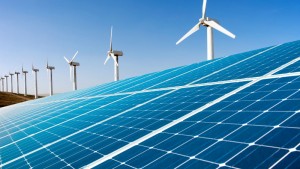Though you can read in such publications as Nature that “political targets and scientific/technological efforts to reduce CO2 emissions and to capture CO2 and store it within porous rock formations” are common pursuits, it is also significant for industrial leaders to know that CO2 conversion to formic acid is possible. Converting CO2 into more useful fuels and feedstock chemicals is financially appealing but also a workable strategy for saving the planet by reducing waste CO2 rom the atmosphere that leads to greenhouse gas. It also reduces ongoing reliance on petrochemicals and augments our energy security and independence.
To that end, experts have devised systems of obtaining salicylic acid, urea and polyols from CO2, and even some industrial successes in converting to methanol have occurred. CO2 conversion to formic acid, however is deemed one of the most vital. Used as a fuel and feedstock chemical, it is currently produced via the combination of methanol and CO2 along with a strong base. Employed in the cleaning, preservatives and textile industries, among others, it is in constant demand.
Unfortunately, CO2 conversion to formic acid is difficult thanks to the thermodynamic stability of CO2 and the high kinetic stability of it, as well. This is why the release of a CO2 electrolyzer by Dioxide Materials is such exciting news. Using proprietary technologies, they have developed a streamlined system for CO2 conversion to formic acid and without the problems so often encountered with ionic liquids.
This is due to their Sustainion® Anion exchange membranes, which are imidazolium functionalized styrene polymer membranes that offer superior conductivity and high current densities at low voltage. They are used in coordination with their formate/formic acid 3 compartment cell design. This new cell design includes their GDE cathode with nanoparticle tin electrocatalys and Sustainion® ionomer, the Sustainion® Anion exchange membrane, center compartment with strong acid media, anode side cation membrane and anode with IrO2 electrocatlyst.
This novel three-compartment electrochemical cell configuration offers the capability of directly producing a pure formic acid product in the concentration range of 5 – 20 wt% at high current densities and Faradaic yields. The electrochemical cell employs a Dioxide Materials Sustainio® anion exchange membrane, allowing for improved CO2 electrochemical reduction performance. Stable electrochemical cell performance has been experimentally demonstrated and scale up is in process.
Capturing CO2 is one thing, converting it into a valuable material is entirely another. With this technology, Dioxide Materials has made CO2 conversion economically feasible, and particularly the conversion of it into highly lucrative formic acid stocks.

